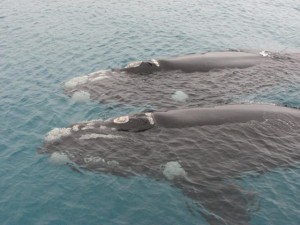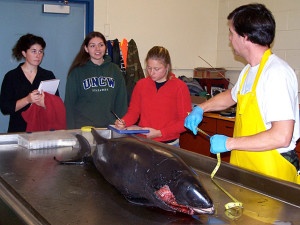We have much more to do and your continued support is needed now more than ever.
Oregon State U: Commited to Conservation & Wildlife On and Off Campus
Oregon State University in Corvallis is committed to conservation and wildlife both on and off campus. OSU has proven to be a leader in campus sustainability for many years. In 2011, National Wildlife Federation’s Campus Ecology program recognized OSU for their Energy Center, the nation’s first LEED Platinum-rated power facility and their Student Sustainability Initiative. OSU has also attained a Gold rating in STARS – the Sustainability Tracking, Assessment & Rating System; received the highest green ranking in Oregon and was listed as 11th in the nation in the 2013 Sierra Club “Cool Schools” ranking; and placed first in 2010, 2011, and 2012 in the annual Civil War RecycleMania competition with University of Oregon.


So, what else is OSU doing for wildlife?
OSU’s Marine Mammal Institute (MMI) is a facility that brings together the work and expertise of many programs including engineering, genetics, agriculture, aquatics, ecology, veterinary medicine, biology and communications.
“As the only institute of its kind, the Marine Mammal Institute combines the efforts of top researchers from around the world to continue the legacy of discovery and preservation of critical habitats of target species and understanding how they interact with their environment and human activities.”
The Institute consists of six labs,one of which is the Cetacean Conservation and Genomics Laboratory (CCGL). The CCGL is committed to researching the molecular ecology and systematics of whales, dolphins and porpoises around the world to learn from their past, assess their present, with an ultimate goal of ensuring these marine mammals thrive long into the future.

Learn more about OSU’s Marine Mammal Institute and their work on whales, dolphins, porpoises, seals, sea lions, and walruses.






















